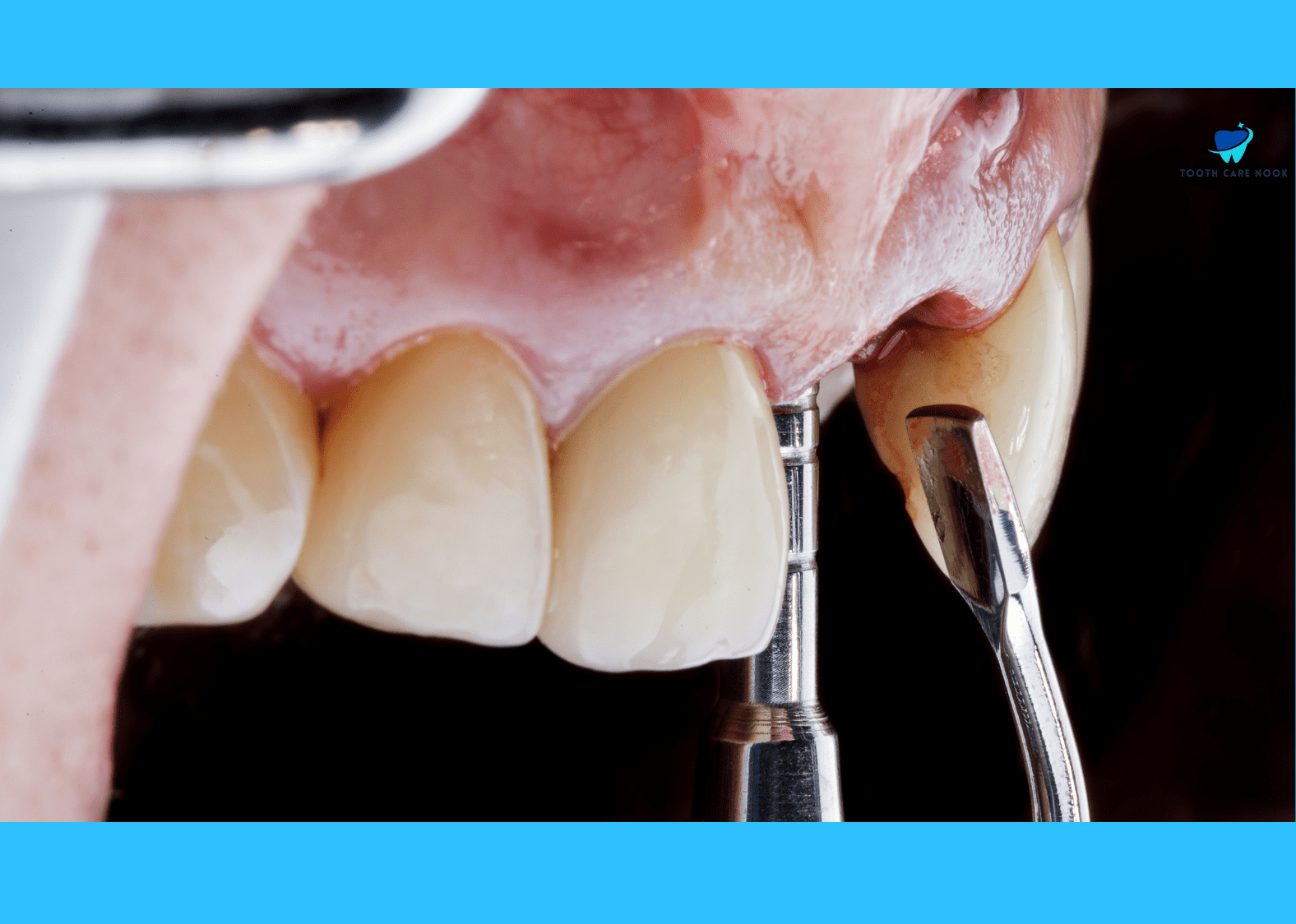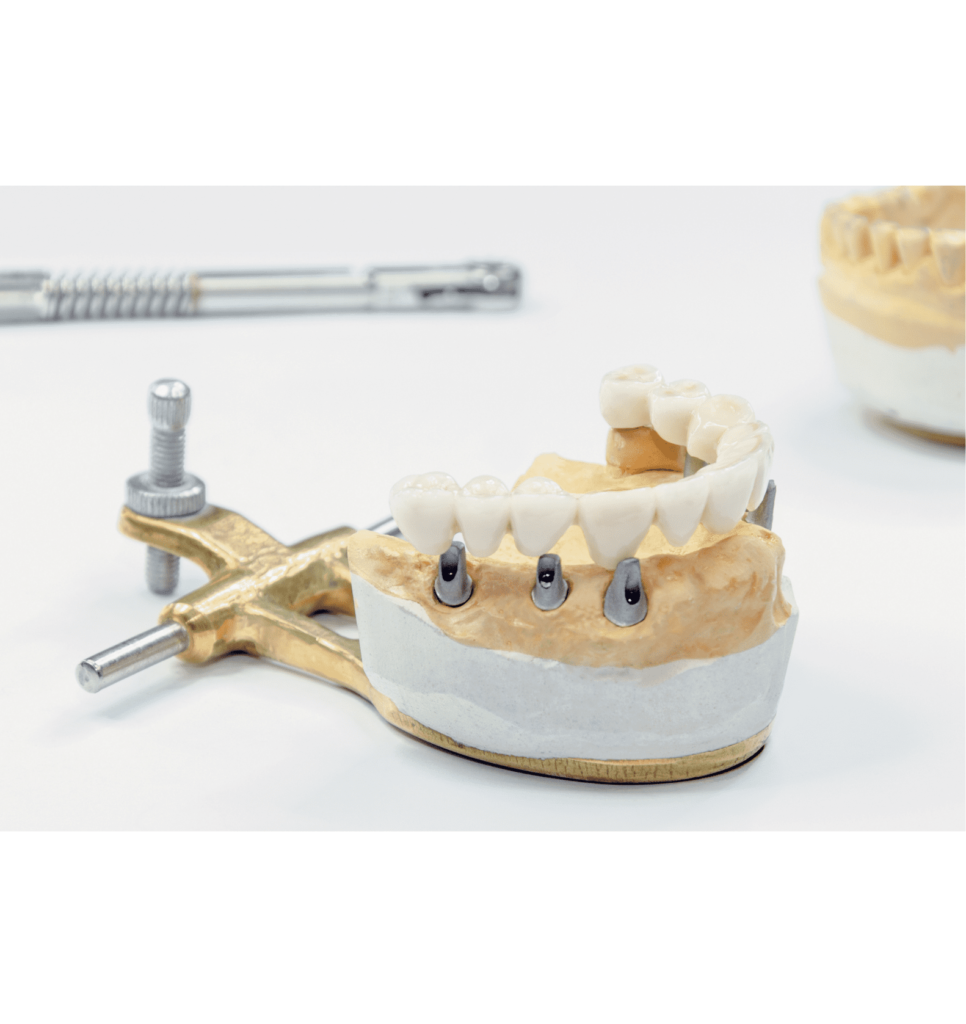How Much Bone is Needed For Dental Implants
A minimum of 1 millimeter of bone must needed for the dental implants. This requirement can increase if the implant is adjacent to a tooth implant. The measurements vary because of factors such as implant size, location, and the patient’s anatomy.
The amount of bone needed for dental implants will be determined by considering these factors. To ensure successful implantation and long-term oral health, accurate assessment and potential bone grafting procedures are very important.
Is Bone Grafting Necessary For Dental Implant
Bone grafting is not necessary for every dental implant. It is needed if there is insufficient bone to envelop the implant fully.
This insufficiency can result from factors such as tooth loss, periodontal disease, or bone resorption over time. Bone grafting enhances the stability and longevity of dental implants by providing adequate bone support which ultimately improves the success rate of the procedure and ensures optimal oral health outcomes.
Determination of the need for bone grafting will be based on thorough evaluation and assessment by the dental implant specialist. They take into account factors such as bone volume and quality, overall oral health, and individual patient considerations.
What are Bone Density Requirements For Dental Implants
Ideally, the bone should be dense enough to provide adequate support and stability for the implant. A bone density of at least 5 mm in height and 8 mm in width is considered suitable for dental implant placement.
Bone density measurement alone cannot provide a complete picture, as bone quality and volume also play crucial roles in the success of the procedure.
How Do You Know if You Have Enough Bone For Dental Implants?
Your dental implant specialist will let you know if you have enough bone for dental implants by doing a thorough evaluation. This includes a clinical examination, X-rays, and possibly bone density measurements.
The specialist will assess the amount and quality of available bone to determine if it’s suitable for implant placement. If insufficient bone is present, bone grafting procedures will be recommended to enhance bone volume and density before implant placement.
Can You Do A Bone Graft At The Time of Implant Placement
Yes, bone grafting and implant placement are possible at the same time. It’s a technique commonly used in dental implant procedures. This approach involves performing both the bone grafting procedure and the placement of the dental implant during the same surgical appointment.
During the procedure, the dental implant specialist prepares the implant site and then places bone graft material into areas where additional bone support is needed. Subsequently, the dental implant is inserted into the prepared site. This allows the bone graft material to integrate with the surrounding bone as the implant heals.
What Are The Required Bone Types For Implants
Cortical Bone:
Cortical bone is dense and compact which makes up the outer layer of the jawbone. It provides strength and stability to the implant by anchoring it firmly in place. This type of bone is often found in the upper and lower jawbones, particularly along the outer surfaces.
Trabecular or Spongy Bone:
Trabecular bone is less dense and has a more porous structure compared to cortical bone. It is found deeper within the jawbone and is crucial in supporting the surrounding teeth and maintaining bone density. Trabecular bone provides a supportive framework for the implant and helps facilitate osseointegration.
Both bone types for implants are essential for dental implant success, the ideal bone type and density will depend on the specific location of the implant, the patient’s overall oral health, and individual anatomical considerations.
What If The Jaw Bone Is Too Thin For An Implant?
If the jaw bone is too thin for a dental implant, it will create challenges for successful implantation. The implant cannot integrate properly with the bone, which results in instability and failure to take hold.
Forcing an implant into weak bone can also cause further damage to the surrounding area. Ultimately, the implant is likely to be rejected by the jaw due to inadequate support and lack of successful osseointegration.
In such cases, bone grafting procedures are often recommended to augment the existing bone structure and create a more suitable foundation for the implant.


